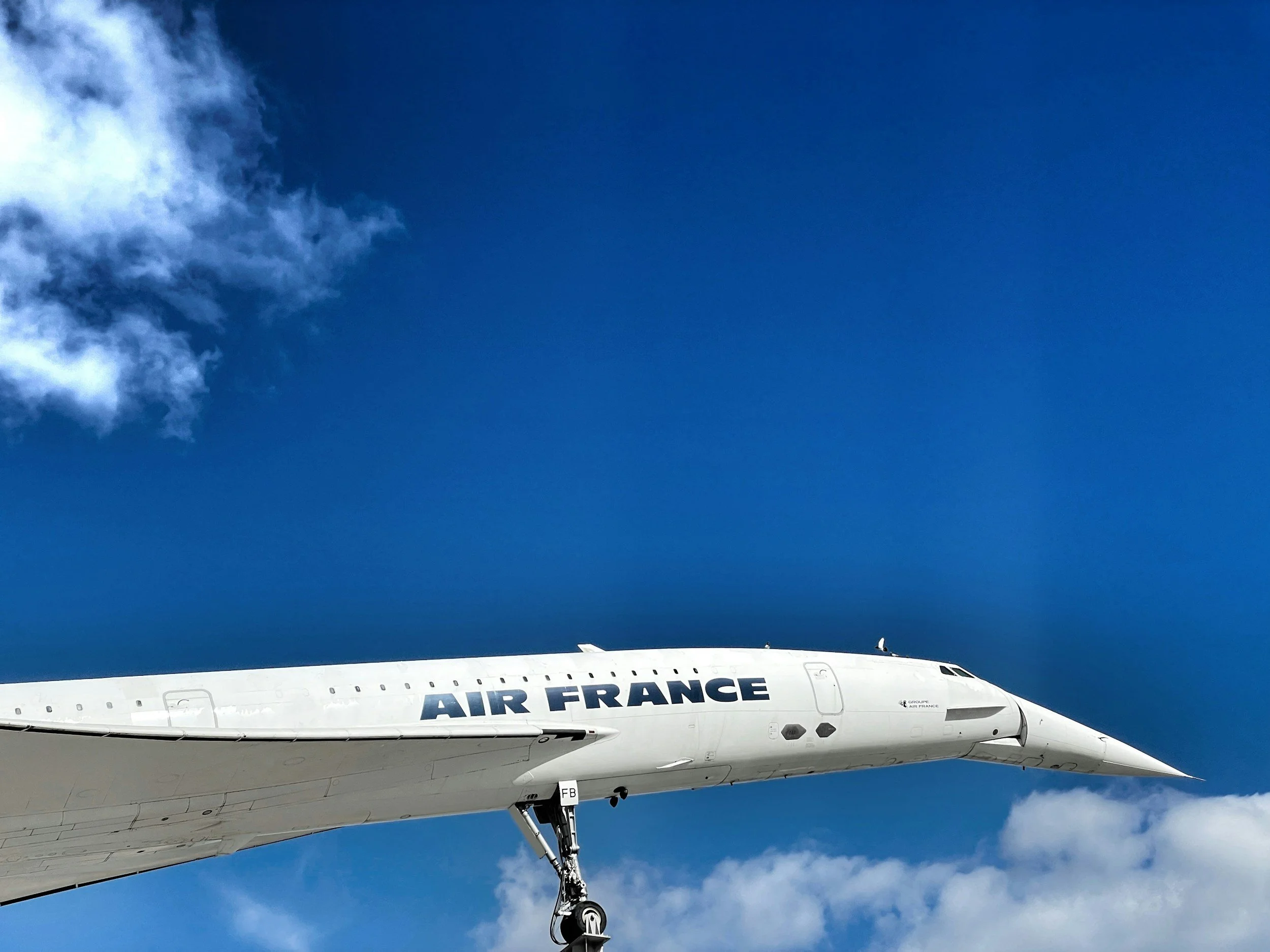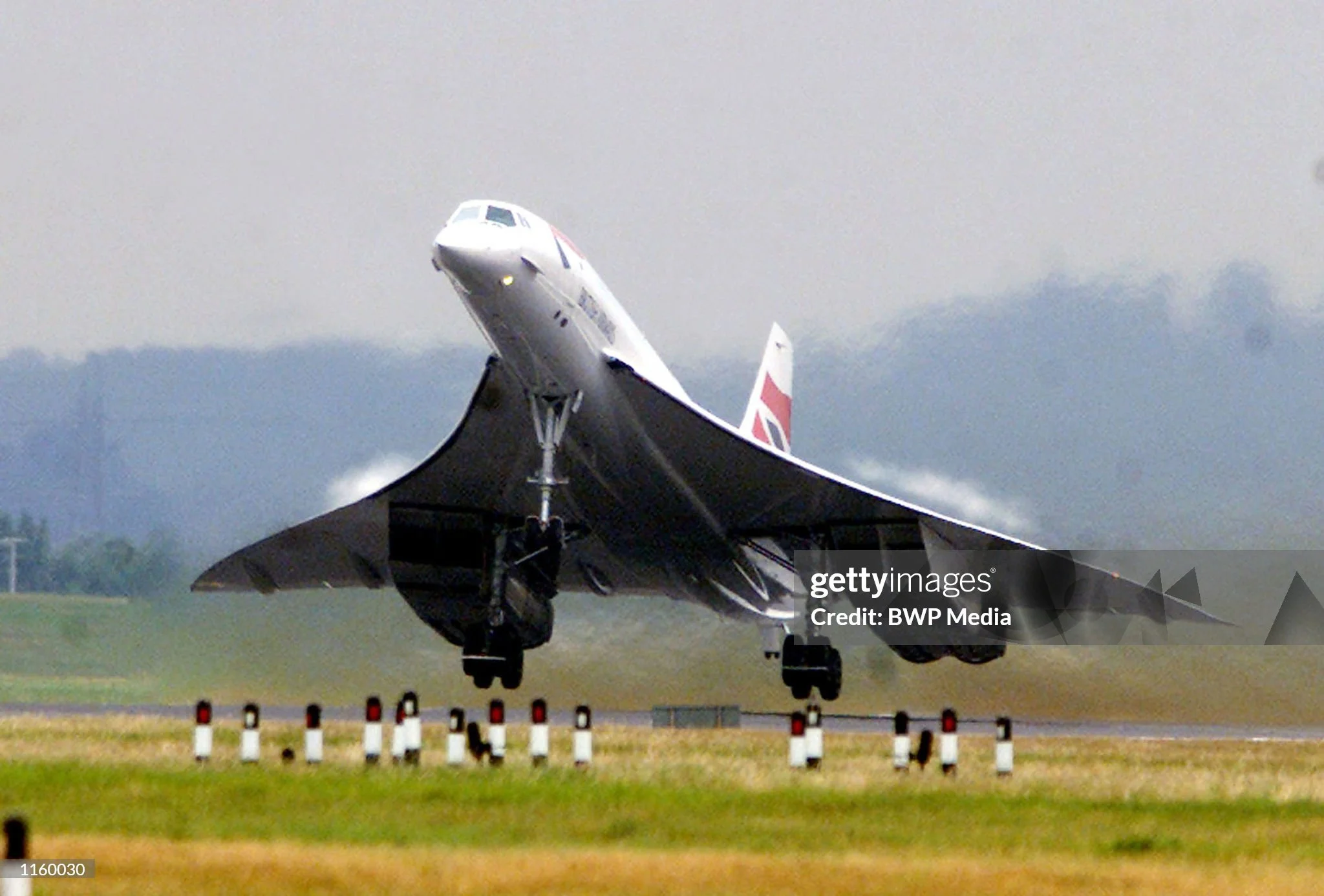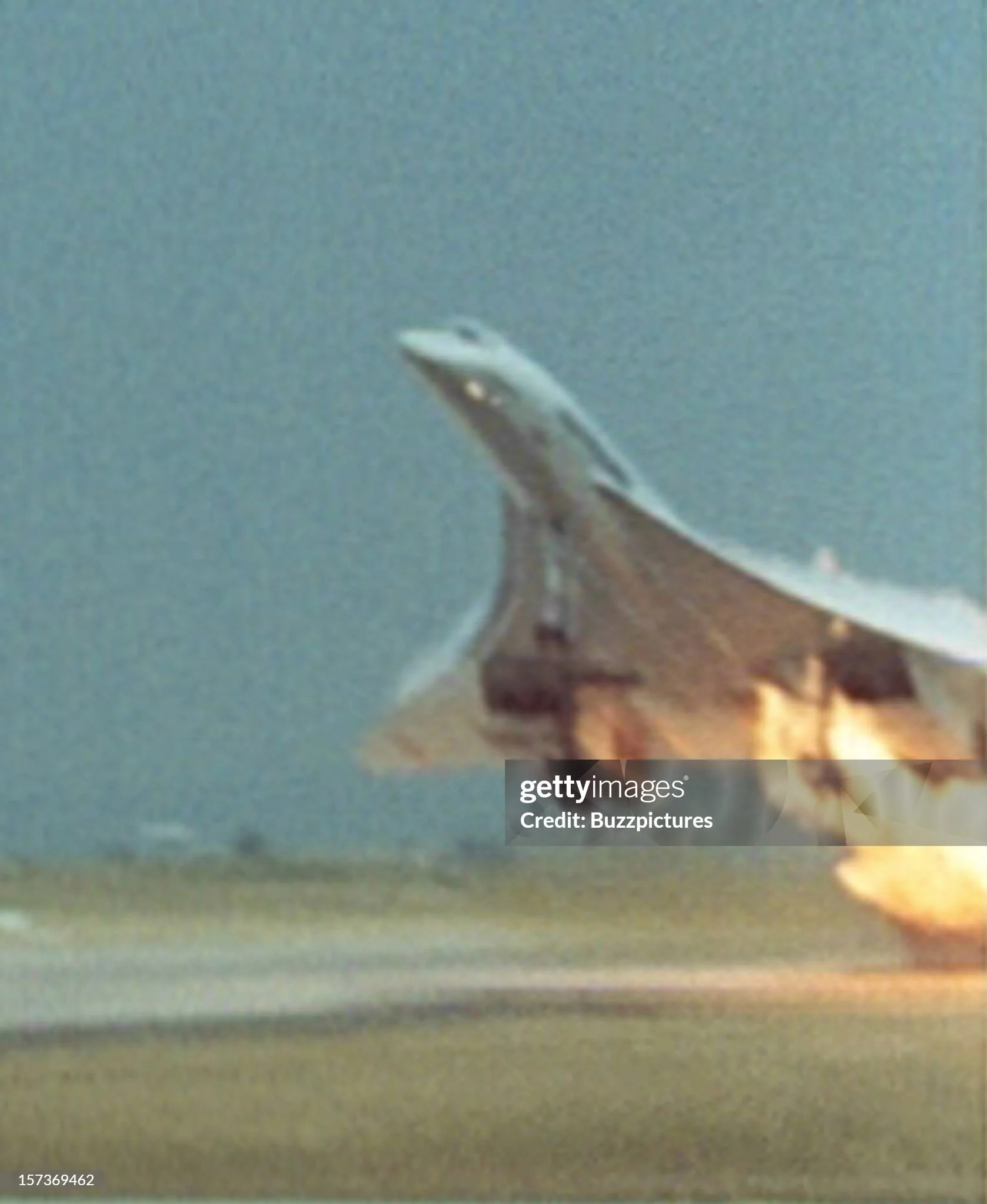The crash that killed Concorde
By Nathan Devlin
Concorde was the first supersonic jet that was shown in 1969 and was a collaboration between the British Aircraft Corporation and the Sud Aviation (Airbus). It entered service in 1976. British Airways and Air France were the first 2 airlines to order the aircraft.
It took passengers from London Heathrow to Bahrain and Air France flew from Paris to Rio De Janerio. The more famous London and Paris to New York was added later that year. Concorde took passengers from London and Paris in around 3 hours and 30 minutes, with flight times today being 7 hours and 30 minutes.
During its operating time 57 tire blow outs occurred, 12 caused structural issues and 6 caused damage with debris piercing the wings.
This Concorde was repaired four days before the crash, and no faults were found. When 4590 crashed, the aircraft had been flown for 11,989 hours and in that time had completed 4,873 take-offs and landings.
Originally it was another Concorde that was set to fly transatlantic on 25 July, but it was changed over-night. When doing checks an engineer found a fault with the throttle thruster and asked if another engineer could come and fix it. The issue was fixed, and the plane could carry the max amount of fuel.
There are 17 fuel tanks on Concorde, and the pilots can put fuel into separate tanks to get the right centre of gravity for take-off. Which they did, transferring fuel from tank 11 right at the back to tanks 2 and 3 further up.
The wind on 25 July was reported to the pilots as light and variable at 9mph. This information was given to the pilots as they were taxiing runway 26R at Paris Charles de Gaulle.
When doing the calculations for the fuel, the flight engineer stated that the taxi fuel usage will be two tonnes. But while taxiing, the aircraft only used half of that and thus was 800 kg over the max weight for take-off.
Just as Air France 4590 was taxiing to runway 26r, a continental airline DC-10 took-off. But as it did, it lost a 43cm aluminium part that was left on the runway. At this time inspections runways were only done twice a day, meaning there was no time to retrieve the part.
The pilot who flew Concorde on that day was Captain Christian Marty, who had 13,477 and 317 hours on the Concorde. The first officer for the flight was Jean Marcot, who flew for 10,035 hours with 2,698 on Concorde. The flight engineer on 4590 was Gilles Jardinaud, who flew for 12,532 hours with 937 on board Concorde.
Before take-off, the pilot briefed his colleagues by saying after V1 no stop. V1 is after one hundred knots, so after one hundred knots the aircraft will not stop for anything.
As the plane began to pick up speed, it smashed through the aluminium strip, blowing the right tire and sending debris flying into the left wing. It punctured fuel tank five which caused not only fuel to leak out the tank, but also started a fire.
The pilots were made aware of the fire by air traffic control before take-off, but they were past the point of no return and had to take-off as it would be unsafe not to.
The aircraft could not climb or gain speed because the door that helps retract the landing gear was damaged.
As the fire was reported, Jardinaud turned off engine two in response to the fire warning and the captains’ instructions.
The fire began to disintegrate the inner workings of the left wing. The pilots reduced power on engines 3 and 4 to try and level the aircraft, but the plane decelerated and stalled. The plane veered 180 degrees and crashed into the Relais Blue Hotel.
All 100 passengers, nine crew members and four people on the ground were killed in the accident.
In the aftermath of the crash Air France grounded all their Concordes immediately, with British Airways following three weeks later.
The Concord returned to service in November 2001 after a £17m safety update that made tires thicker and less likely to burst.
It lasted only 18 months for Air France as the supersonic jet was retired for good in May 2003, with British Airways’ final flight occurring in November 2003 just a few months after Air France.
This incident was the only fatal one in the Concorde’s 30 years of service.
Since 2003 there have been many attempts to bring back supersonic travel, with more companies than ever working to bring either the original or an updated version back to the skies.



